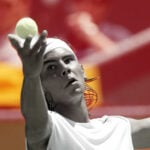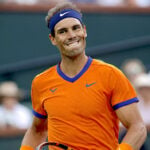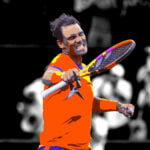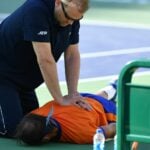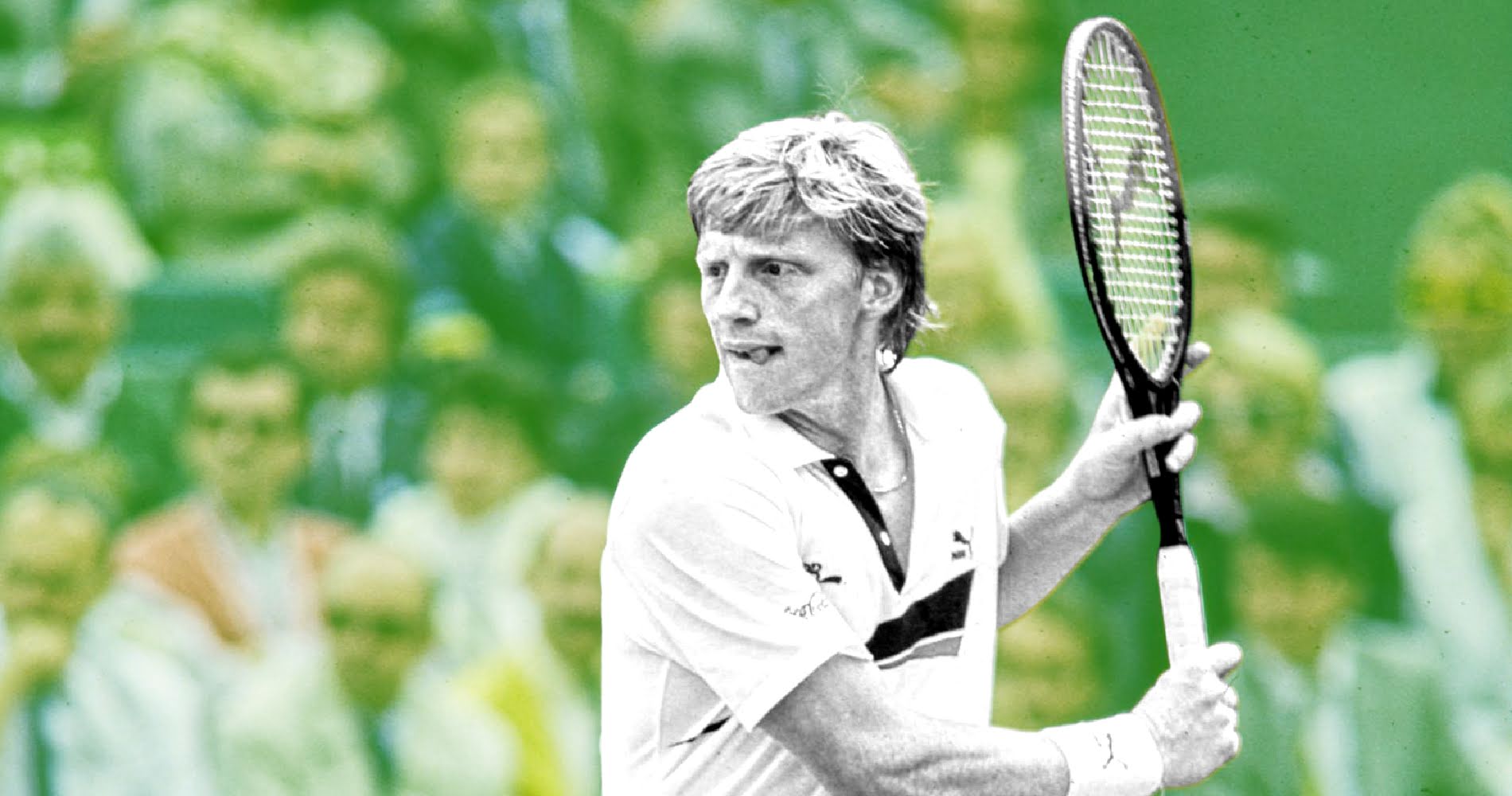Why, on paper, Rafael Nadal’s injury is more troublesome than expected in the run-up to Roland-Garros
Rafael Nadal has a history of building his success at Roland Garros with a long clay-court campaign. That pattern seems to be in jeopardy this year
 © Panoramic
© Panoramic
Stress fracture of the third rib, left side. Four to six weeks out of action. Rafael Nadal will miss the start of the clay-court season. His possible reunion with Novak Djokovic in Monte Carlo (9-17 April) will not take place – at least, not there. The news from his doctor seems to be rather encouraging, and the plan to see the two men in the same draw for the first time this year in Madrid (1-8 May) and Rome (9-15 May) before the French Open is, barring complications of which we’re currently unaware, realistic.
Nadal’s record speaks for itself. The 13-time French Open winner has built up an image of a clay-court monster; he has 62 of his 91 career trophies on clay. With his form this year (three titles, 22 match wins, one loss), the Spaniard remains the favourite to win in Paris, despite his loss to Novak Djokovic in the semi-finals last year.
Four tournaments before Roland-Garros – his ideal schedule
In the statement announcing his absence, Nadal said he was “depressed and sad”. The words are well chosen: the world No 3 makes it clear that this is not a simple setback. He knows that he will miss an absolutely fundamental part of his season, the one in which he makes possible the level of confidence and excellence that allows him to arrive at Roland-Garros at his best. He decided not to play in Miami for this very reason.
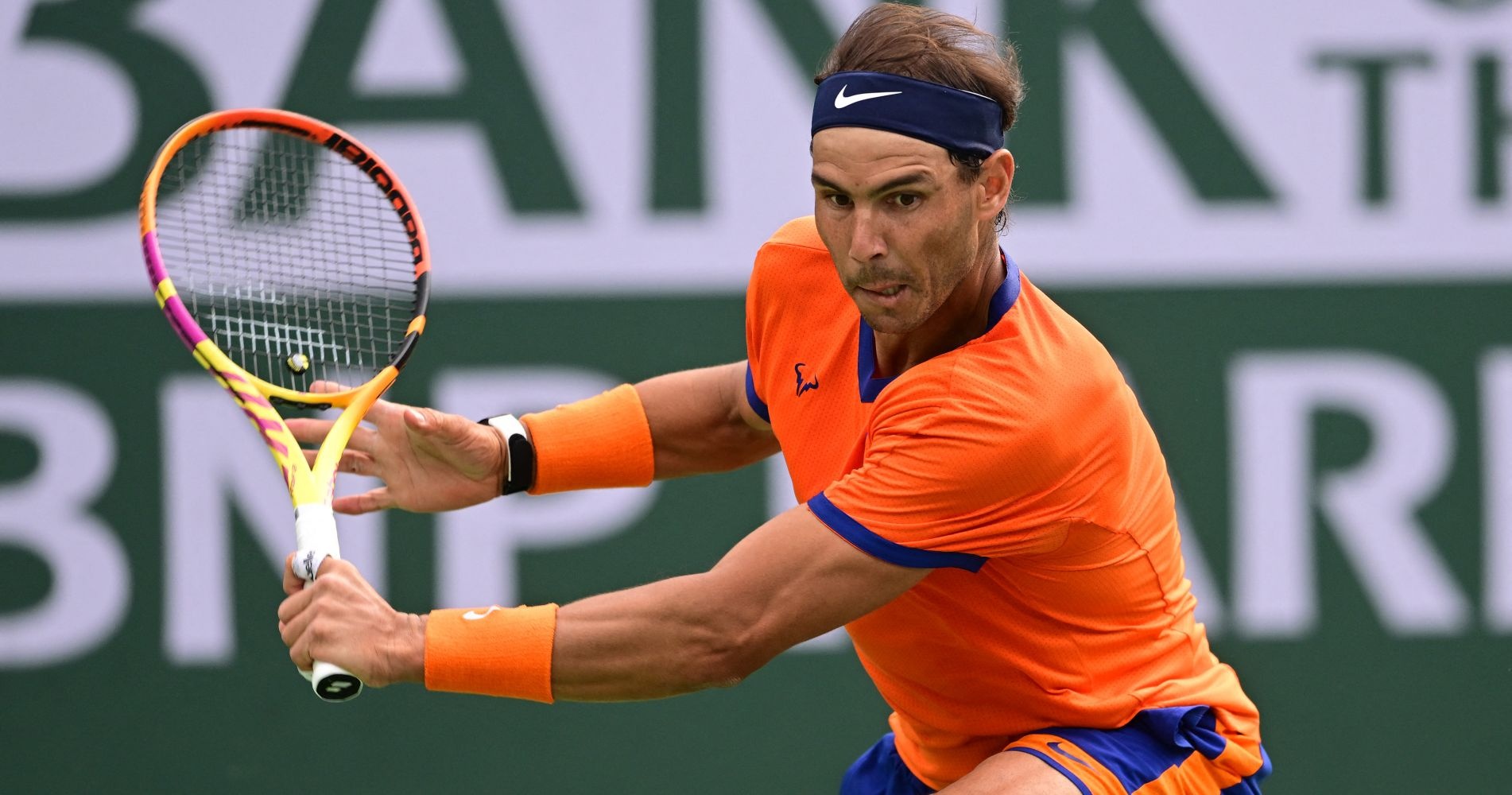
The figures we collected for this article are edifying. Apart from 2020, an unusual season marked by the first lockdown and six months without competition, Nadal has always played, from 2005 inclusive, four or five tournaments on clay – in other words, 15 to 20 matches. In 2020, aware of his need to warm up the engine gradually, he chose to skip the US Open, where he was the defending champion.
A typical Nadal clay-court season consists of five tournaments, most often Monte Carlo, Barcelona, Madrid, Rome and the French Open. He has had this regime, between April and June, 13 times since 2005, with 10 French Open victories to show for it. Only twice, in 2006 and 2010, has he had to settle for four tournaments, which did not prevent him from winning.
The defeats that build victories
The passage of time erases these memories, but Nadal’s seasons on clay have rarely been overwhelmingly dominant. 2006 and 2010 were the only years in which he had 100 per cent success (22 matches, 22 wins). Outside of these years, he lost – all years included, including those in which he did not win in Paris – one match (eight times), two matches (twice), three matches (three times), and even five matches, in 2015, the year Djokovic beat him for the first time in straight sets in Paris, in the quarter-finals.
Who remembers that in 2014 he lost to David Ferrer, Nicolas Almagro and Novak Djokovic before achieving one of the best Roland-Garros crowns of his life at Porte d’Auteuil? Who can overlook the fact that in 2019 Nadal lost badly to Fabio Fognini and Dominic Thiem, and then had an even tougher battle against Stefanos Tsitsipas, before finding the right balance in Rome?
“You wanted a trophy? Here’s one,” he replied to journalists who were worried about him.
Home at Roland Garros
Even at the peak of his career, Nadal needed to play a lot and lose in competition before arriving in Paris as a “winning machine”. Even in 2020, the only season in which he had to settle for a quick preparation period like everyone else, he lost to Diego Schwartzman (in Rome).
However, it’s worth bearing in mind there is a more intangible dimension to all this: Nadal’s ability to feel “at home” at Roland Garros, to take on a different dimension, to behave like the owner of the Court Philippe-Chatrier, to dominate the psychological battle even before the first swing of the racquet. In 2020, on a heavy, autumnal court that he dreaded so much, he felt it. He will need it in 2022.
